Spiders are fascinating creatures, often overlooked due to their small size. However, some rare and unique species are worth discovering. Here are some of the most intriguing spiders you may not know exist, each with its own set of remarkable characteristics.
Peacock Spider (Maratus volans)
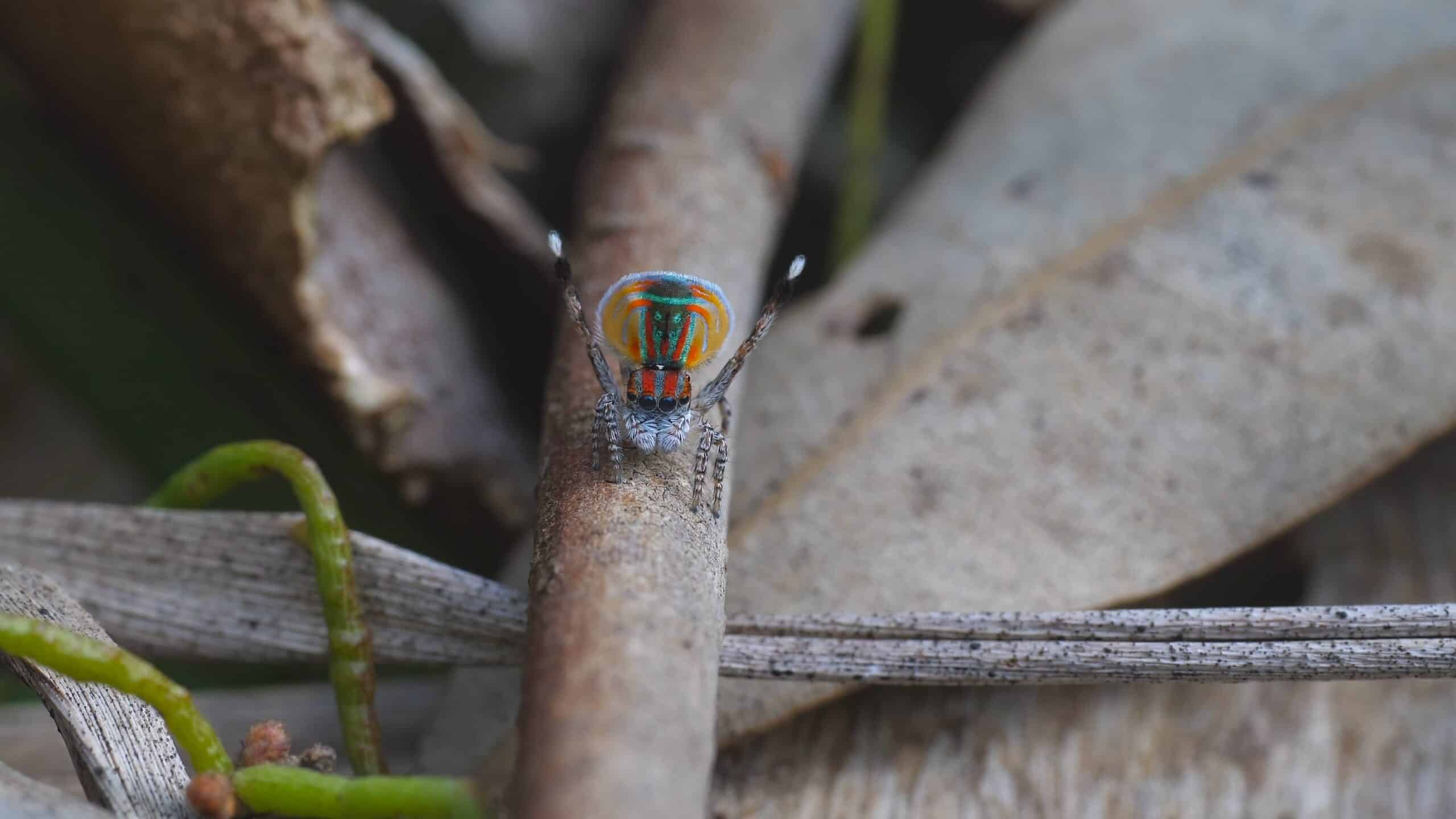
Peacock spiders are native to Australia. These tiny spiders are known for their vibrant colors and elaborate courtship dances. The males display their bright, iridescent abdomens and perform intricate dances to attract females. This behavior is not only visually stunning but also crucial for mating success. These spiders are part of the jumping spider family. They have excellent vision, allowing them to navigate their environment and hunt effectively. Despite their small size, peacock spiders are highly photogenic and have become popular subjects for macro photography.
Gooty Sapphire Ornamental (Poecilotheria metallica)

The Gooty Sapphire Ornamental tarantula hails from India. This species is famous for its striking blue coloration, which is rare among tarantulas. Found in a small forested area, it faces habitat loss, making it even more precious. These tarantulas are arboreal, preferring to live in trees. They require high humidity and specific temperatures to thrive, posing a challenge for enthusiasts who keep them as pets. Their beauty and rarity make them highly sought after in the exotic pet trade.
Brazilian Wandering Spider (Phoneutria fera)
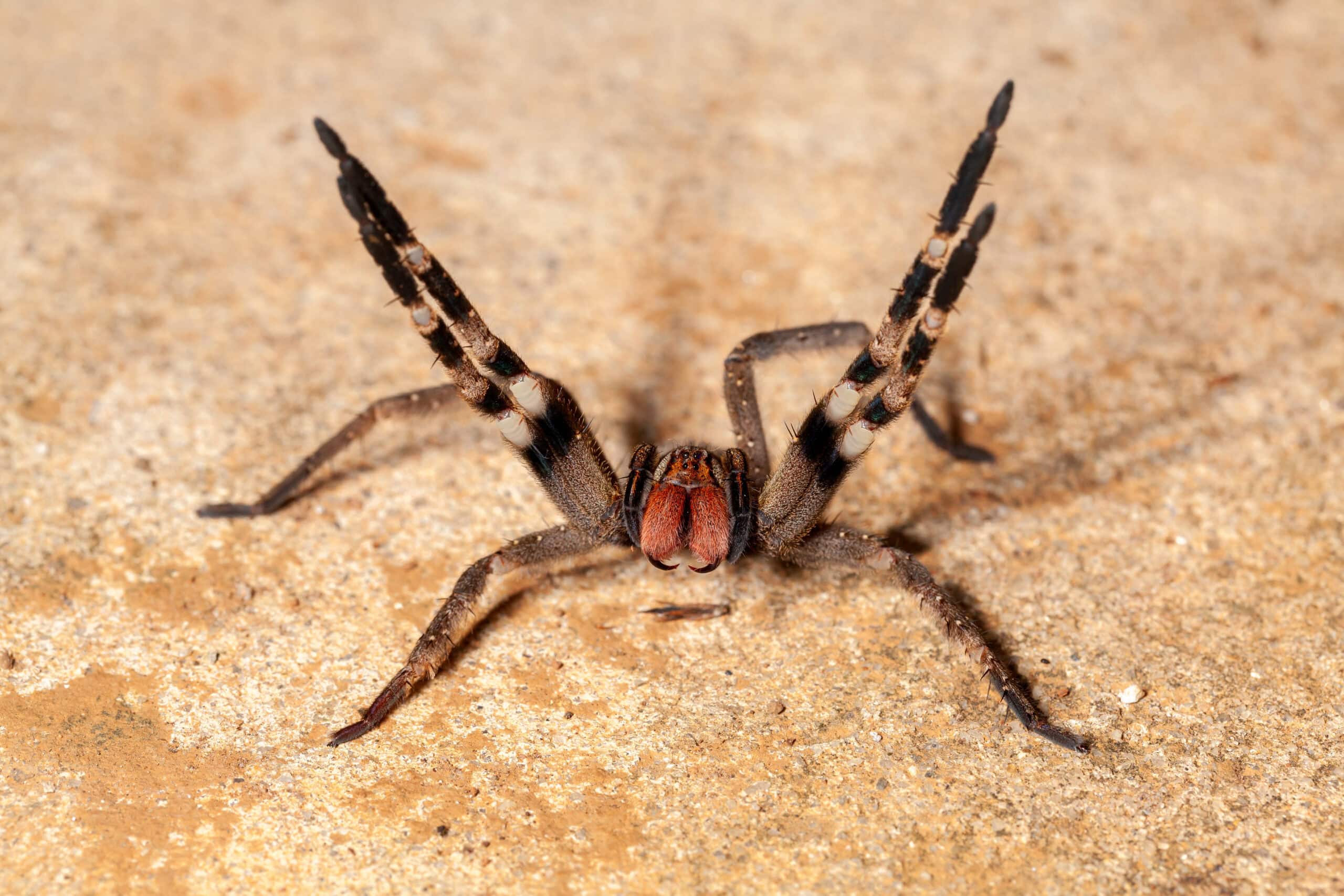
Native to South America, the Brazilian Wandering Spider is known for its potent venom. This spider is highly venomous and aggressive, making it one of the most dangerous spiders in the world. It gets its name from its behavior of wandering the forest floor at night. Despite its fearsome reputation, it plays an important role in controlling insect populations. Encounters with humans are rare, but they can be severe due to the spider’s defensive nature and toxic bite.
Diving Bell Spider (Argyroneta aquatica)
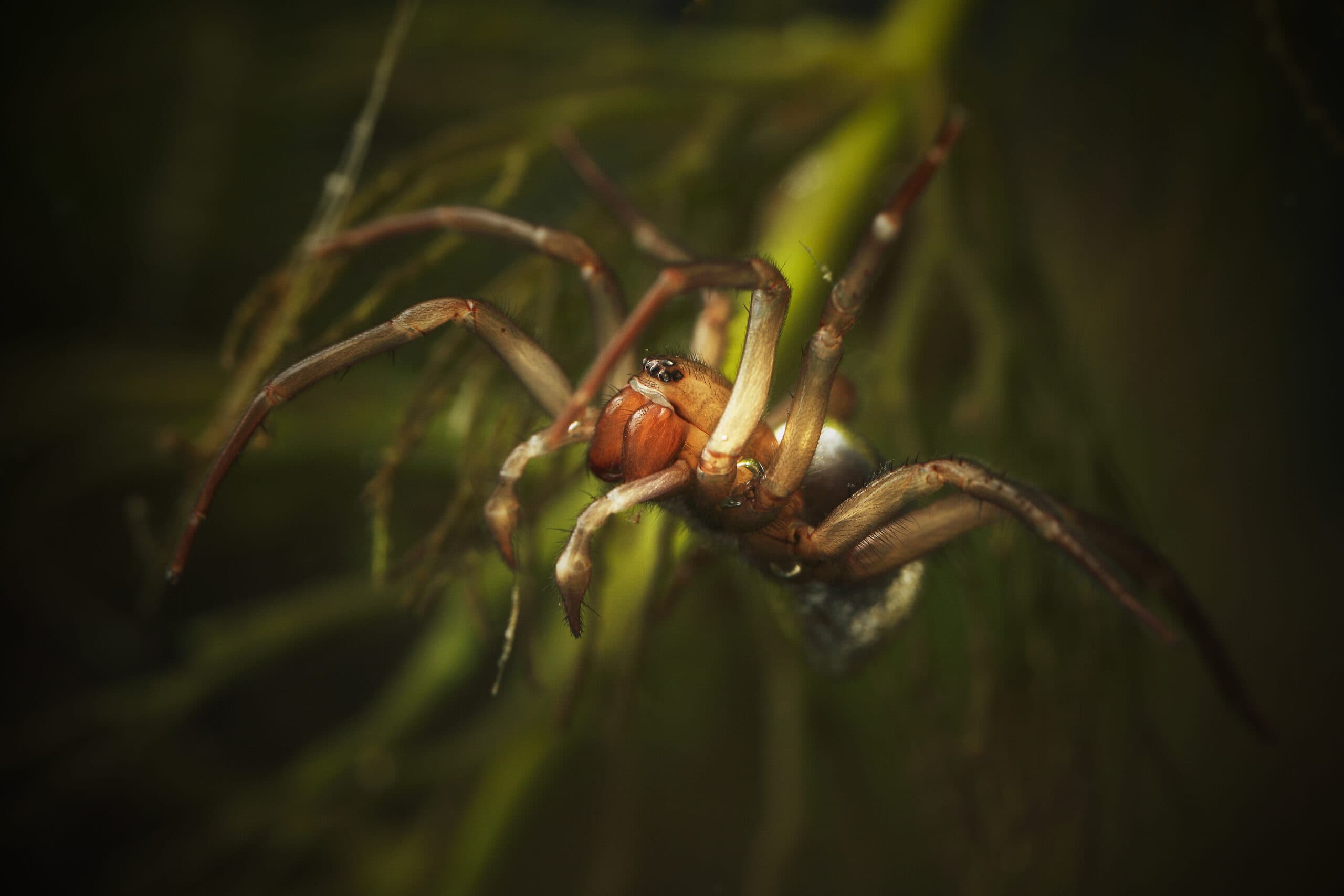
The Diving Bell Spider is unique for its ability to live underwater. It constructs a silk web that traps air, allowing it to breathe while submerged. Found in Europe and Asia, it prefers slow-moving or still freshwater habitats. Its underwater lifestyle is rare among spiders. This adaptation allows it to hunt aquatic insects and small fish. The diving bell technique is a fascinating example of nature’s ingenuity.
Ant-Mimic Spider (Myrmarachne plataleoides)
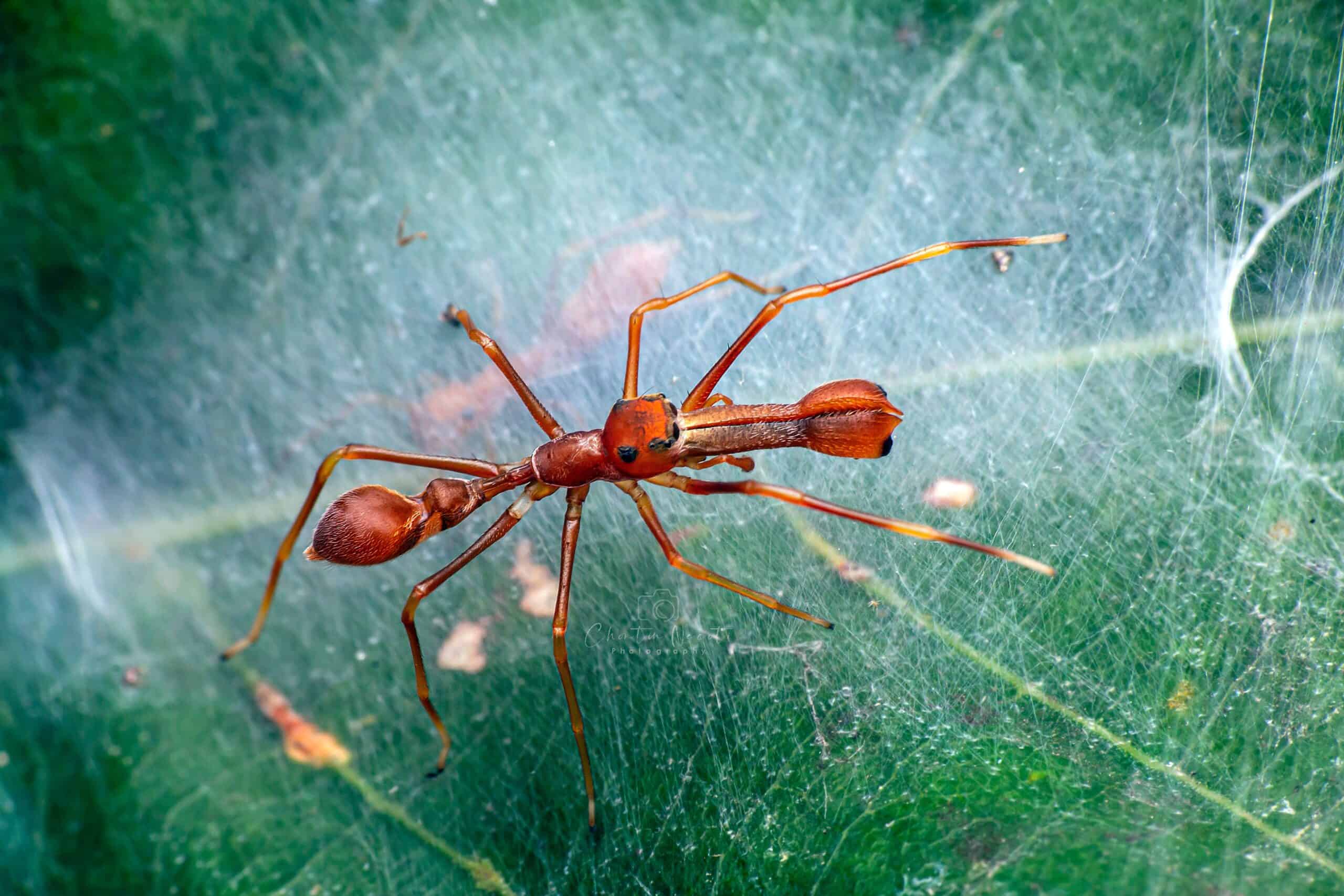
Ant-Mimic Spiders are masters of disguise. They mimic the appearance and behavior of ants to avoid predators and hunt ants. Found in various parts of the world, their slender bodies and movements closely resemble those of ants. This mimicry provides excellent protection. Predators often avoid ants due to their aggressive nature and potential stings. These spiders’ ability to blend in with ants showcases the complexity of their survival strategies.
Happy Face Spider (Theridion grallator)
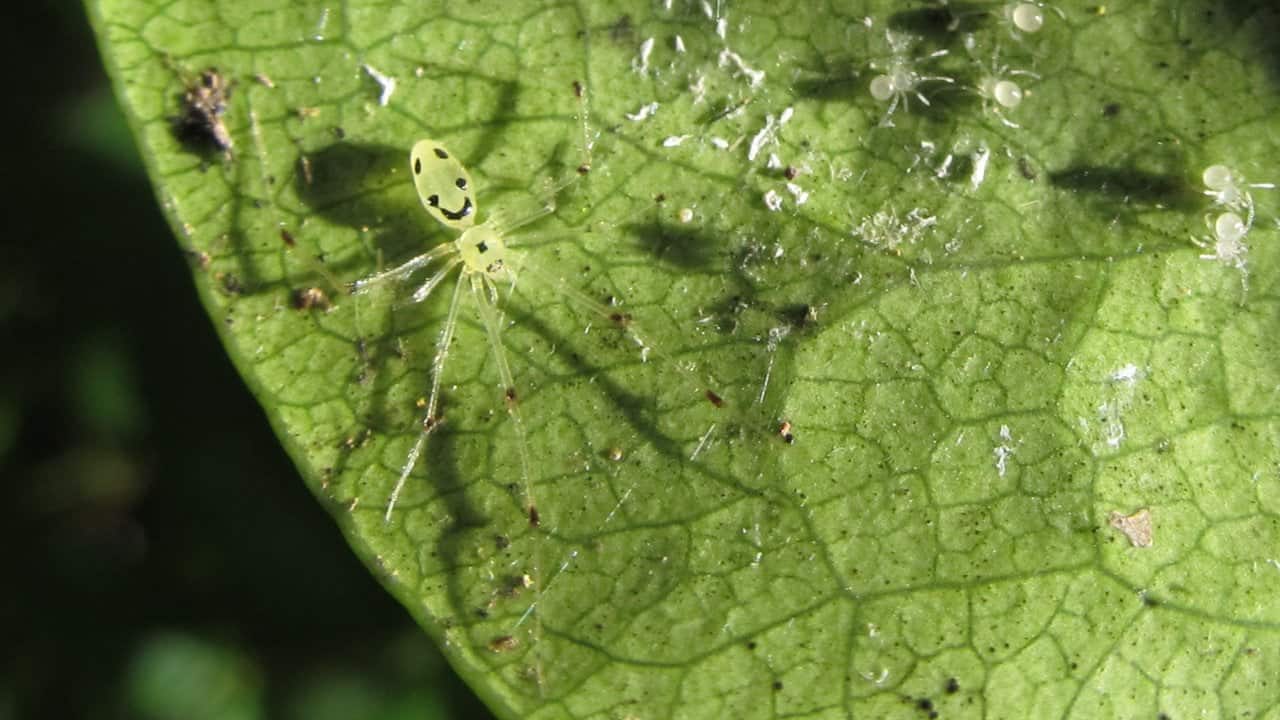
Native to Hawaii, the Happy Face Spider is named for the unique patterns on its abdomen. These patterns often resemble a smiling face. This small spider’s vibrant colors and unique markings make it a favorite among arachnologists. Their rarity is due to their limited geographic range. The distinctive markings vary widely among individuals. These spiders are an excellent example of nature’s diversity and whimsy.
Golden Silk Orb-Weaver (Nephila clavipes)
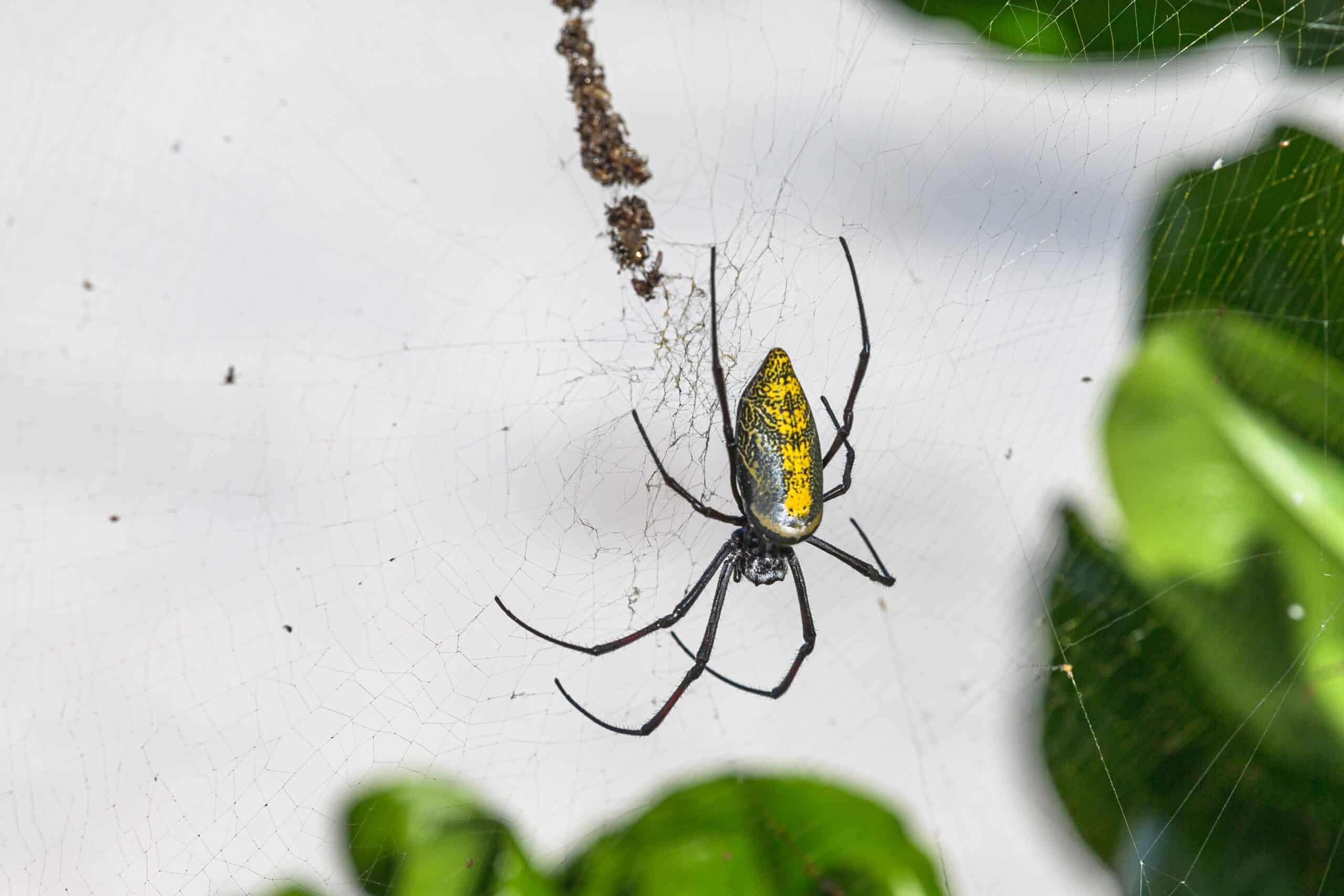
Golden Silk Orb-Weavers are found in warm regions around the world. They are known for their large webs made of golden-colored silk. The females are significantly larger than the males, often seen in gardens and forests. Their silk is incredibly strong and has a beautiful golden hue. This spider’s web is both a trap for prey and a marvel of natural engineering. The size and strength of their webs are truly remarkable.
Ladybird Spider (Eresus sandaliatus)
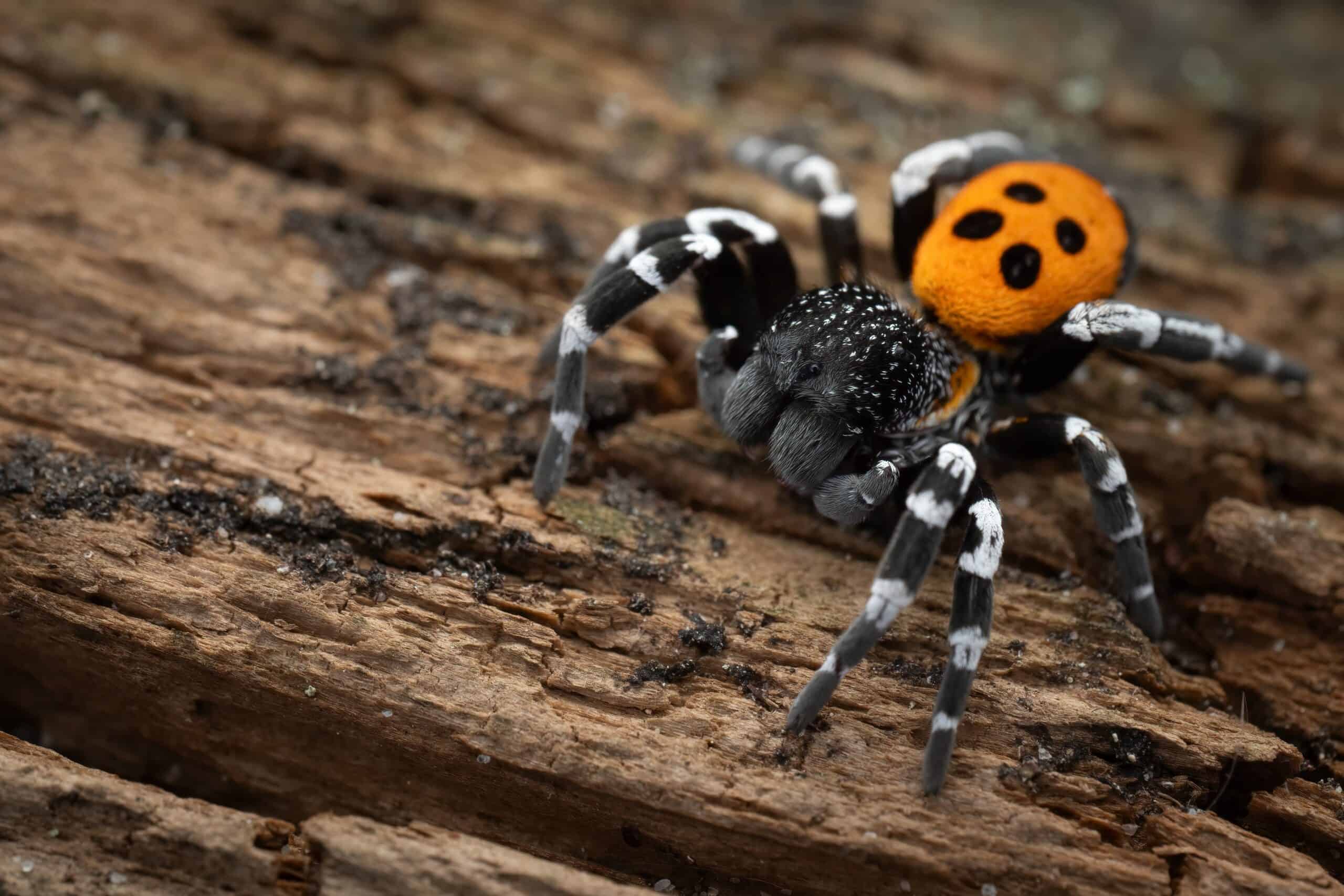
The Ladybird Spider is native to parts of Europe. It gets its name from its striking red and black coloration, which resembles a ladybird beetle. These spiders prefer sandy soils and often inhabit heathlands and sandy grasslands. The males are particularly colorful, while females are larger and more subdued in color. They are also known for their unique mating dances, which involve intricate leg movements.
Six-Eyed Sand Spider (Hexophthalma hahni)
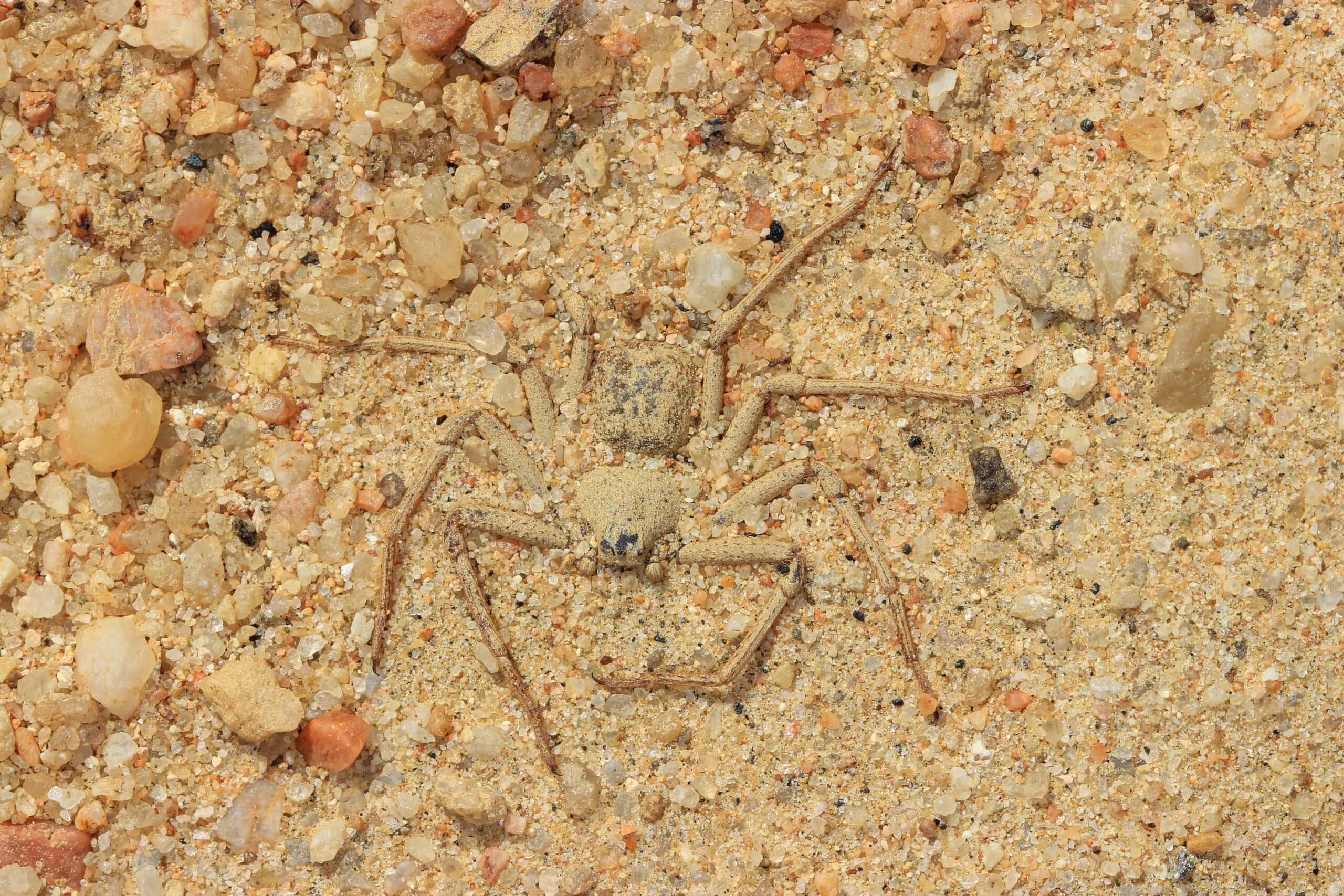
The Six-Eyed Sand Spider is found in the deserts of Southern Africa. It has a flat body and can bury itself in sand, making it almost invisible. This spider is known for its potent venom, which can cause severe reactions in humans, though bites are rare. This spider’s reclusive nature and remote habitat contribute to its rarity. They prefer arid environments where they lie in wait for prey. Their venom contains necrotic agents that can cause tissue damage. Despite its dangerous reputation, encounters with humans are uncommon.
Spiny Orb-Weaver (Gasteracantha cancriformis)
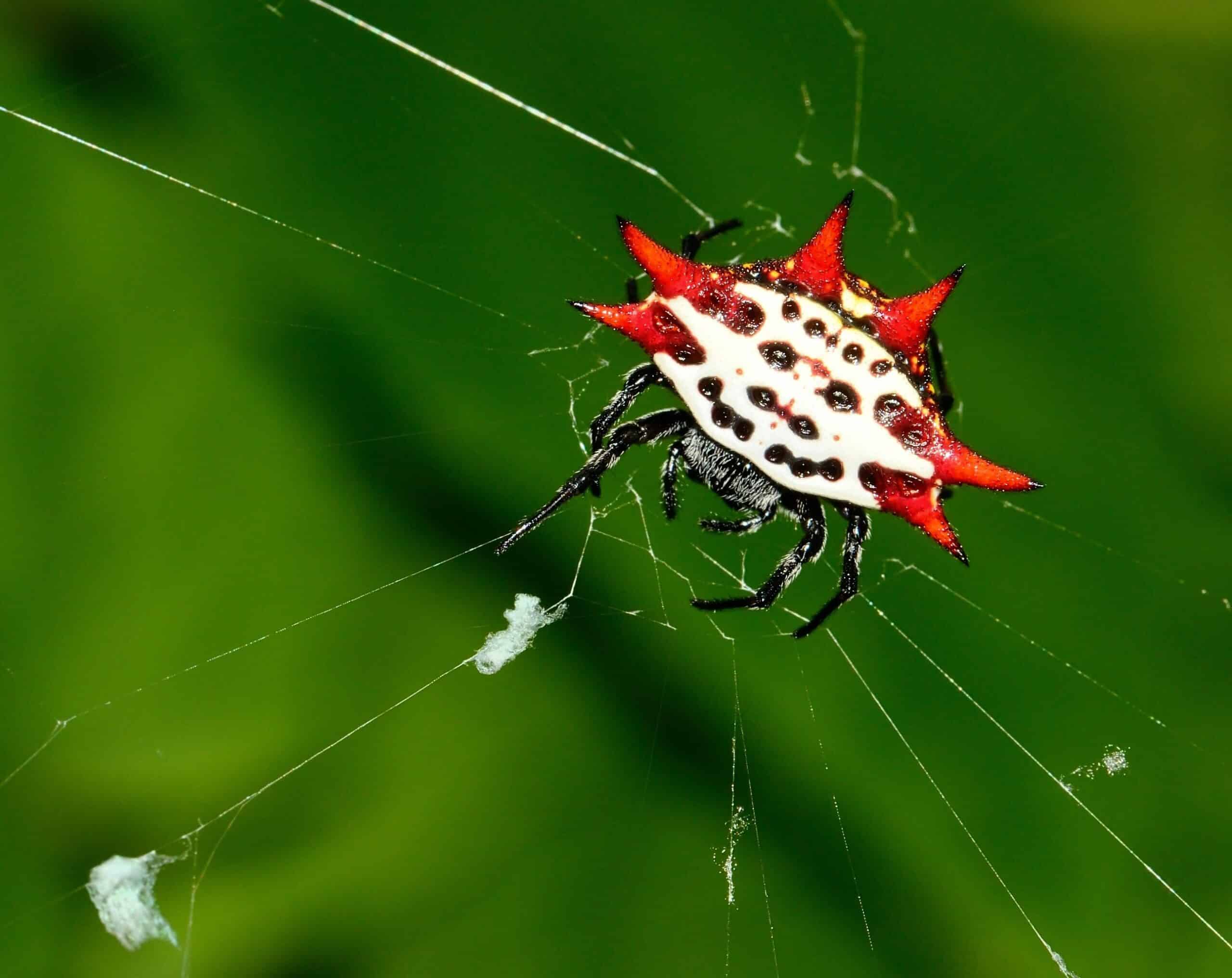
The Spiny Orb-Weaver is a small spider found in gardens and forests across the Americas. It is easily recognized by the spiny protrusions on its abdomen, which come in various colors and patterns. These spiders build orb-shaped webs to catch their prey. These spiders are rare due to their specific habitat requirements. They prefer warm, humid environments with plenty of vegetation. Their webs are often found in shrubs and trees. The unique spines on their bodies are believed to deter predators.
Green Lynx Spider (Peucetia viridans)
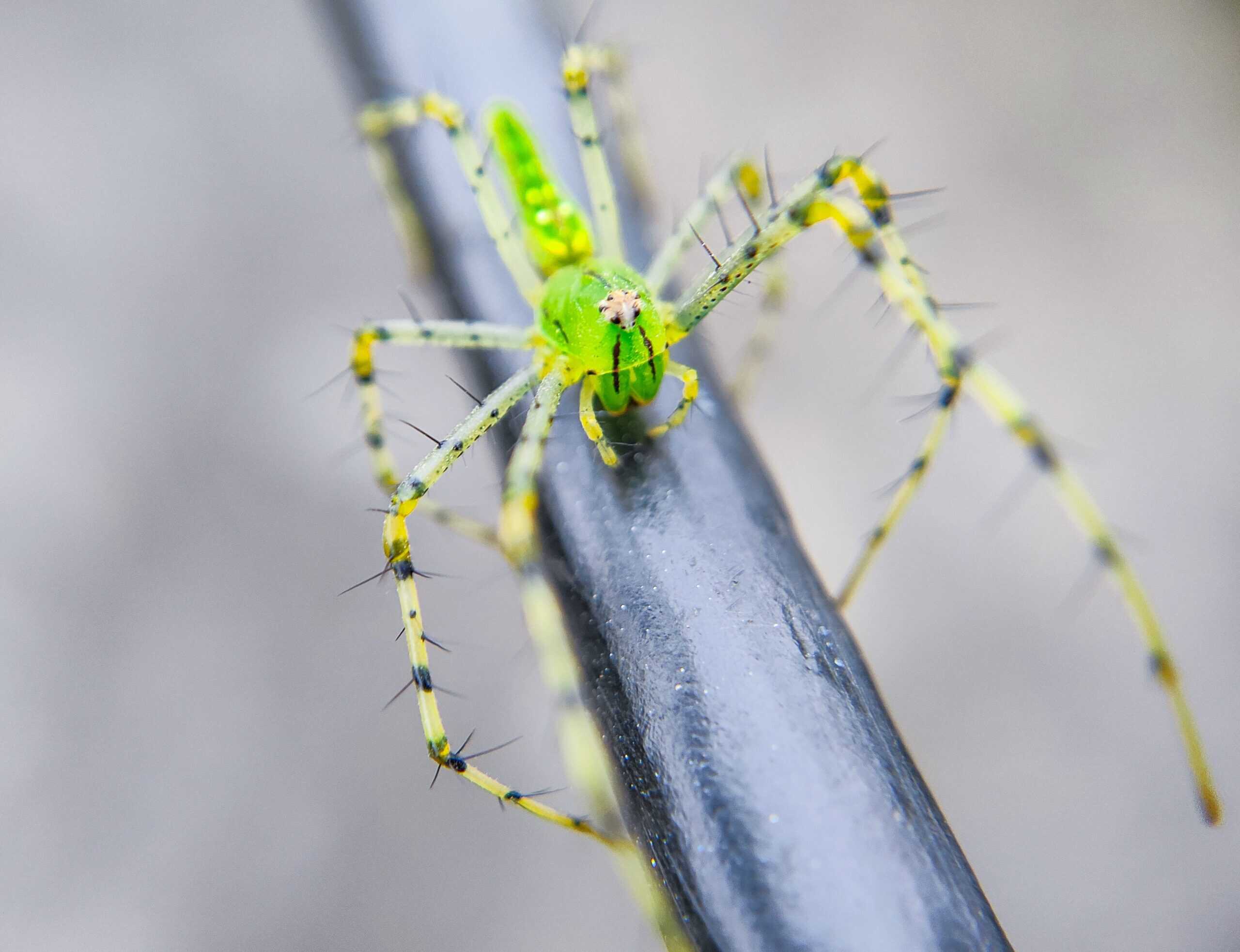
The Green Lynx Spider is native to the southern United States and Central America. It is bright green, allowing it to blend into foliage. This spider is an active hunter, known for its agility and speed. Their bright green color makes them stand out among spiders. They are rarely seen due to their excellent camouflage. These spiders do not build webs but instead hunt their prey on plants. They play an important role in controlling pest populations.
European Cave Spider (Meta menardi)
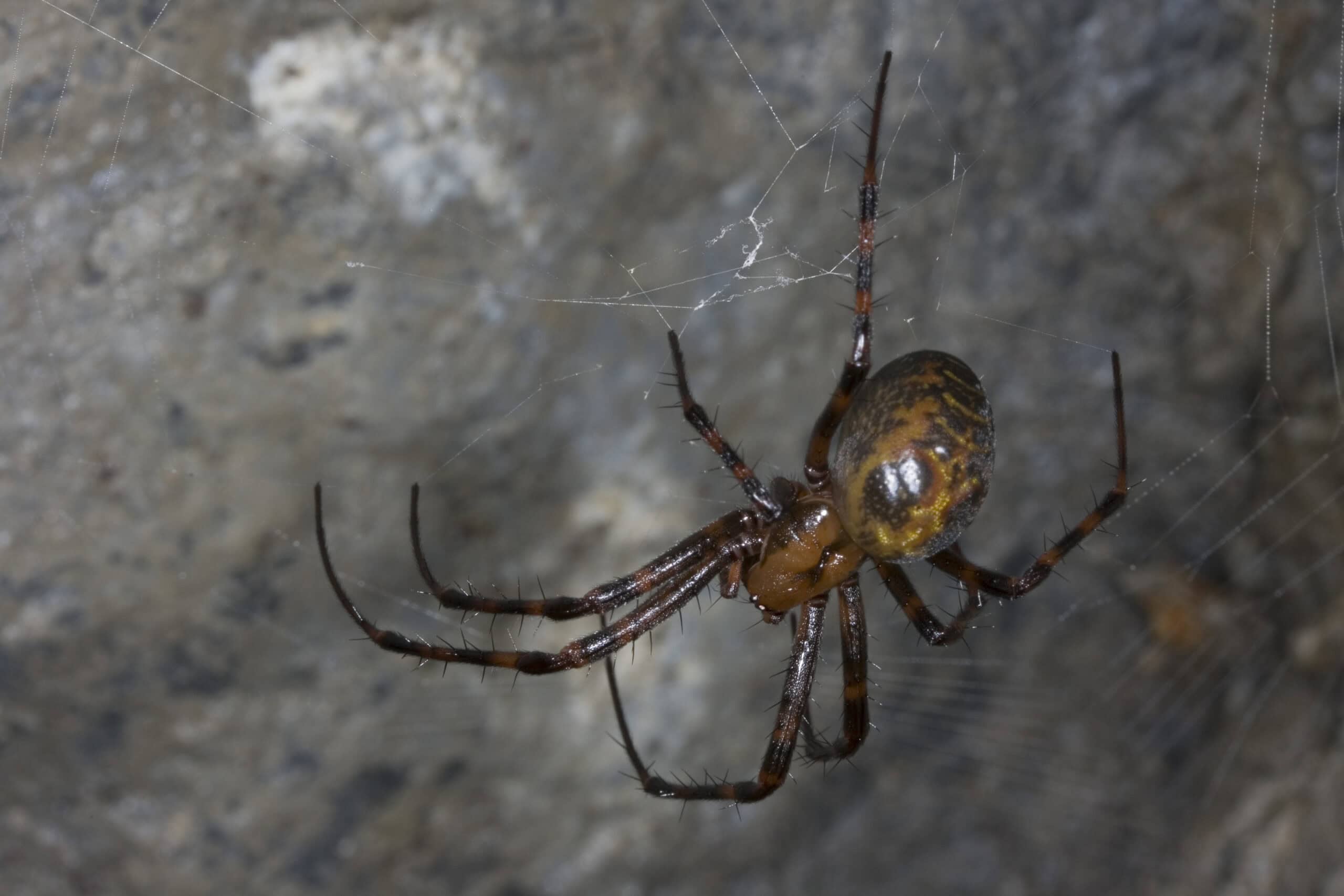
The European Cave Spider inhabits dark, damp environments across Europe. It has adapted to life in complete darkness, with long, thin legs and a pale body. These spiders are often found in caves and cellars. Cave Spiders are rare because of their specialized habitat. They require constant darkness and high humidity. Their presence indicates a healthy cave ecosystem. These spiders feed on small insects and other cave-dwelling creatures.
Sydney Funnel-Web Spider (Atrax robustus)
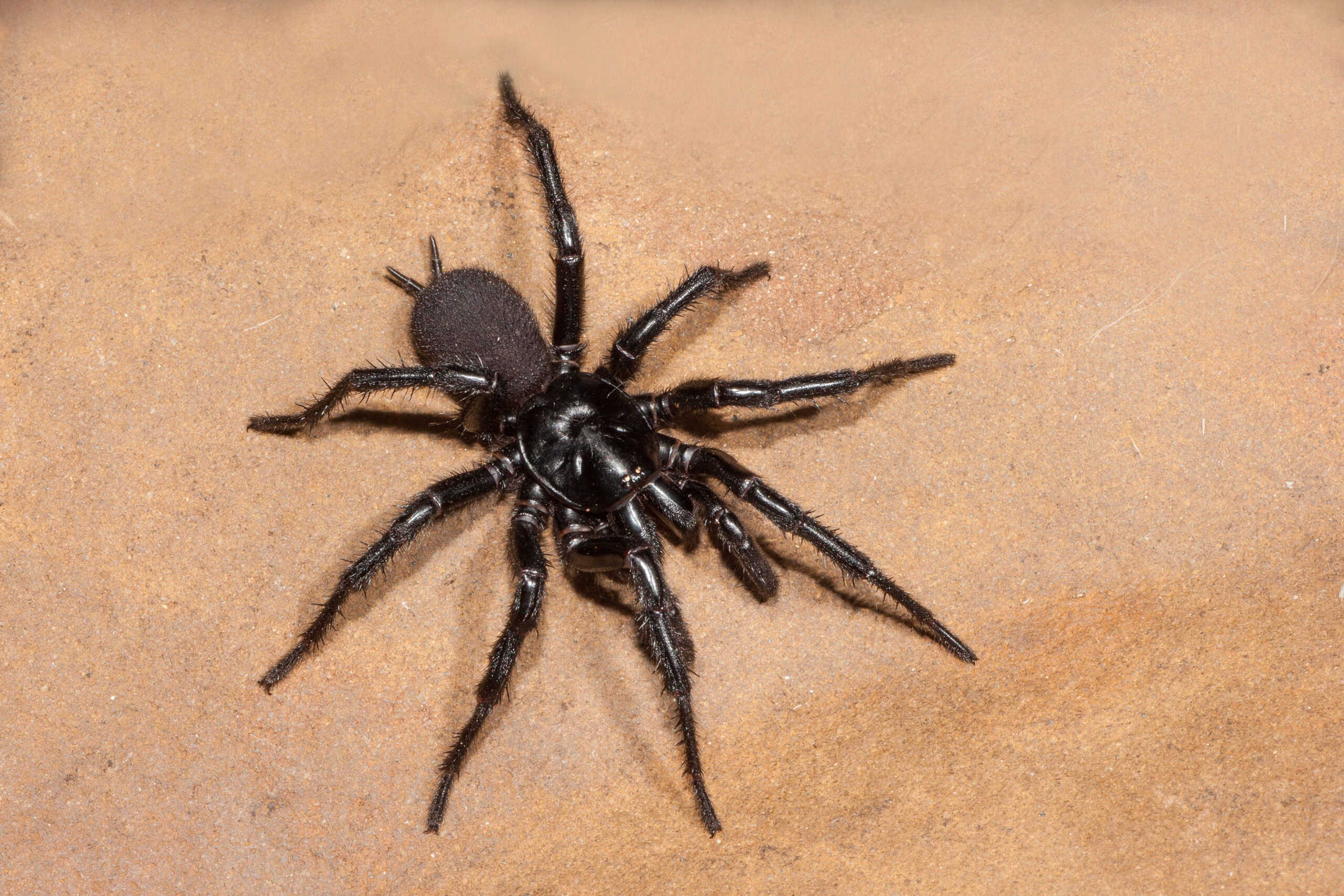
The Sydney Funnel-Web Spider is one of the world’s most venomous spiders. Native to Australia, it lives in burrows and is highly aggressive. Its bite can be fatal if not treated promptly. This spider is rare due to its restricted range and specific habitat needs. They prefer moist, forested environments. Their venom contains a neurotoxin that can cause severe symptoms in humans. Despite their fearsome reputation, they play a vital role in the ecosystem.
Horrid Ground-Weaver (Nothophantes horridus)
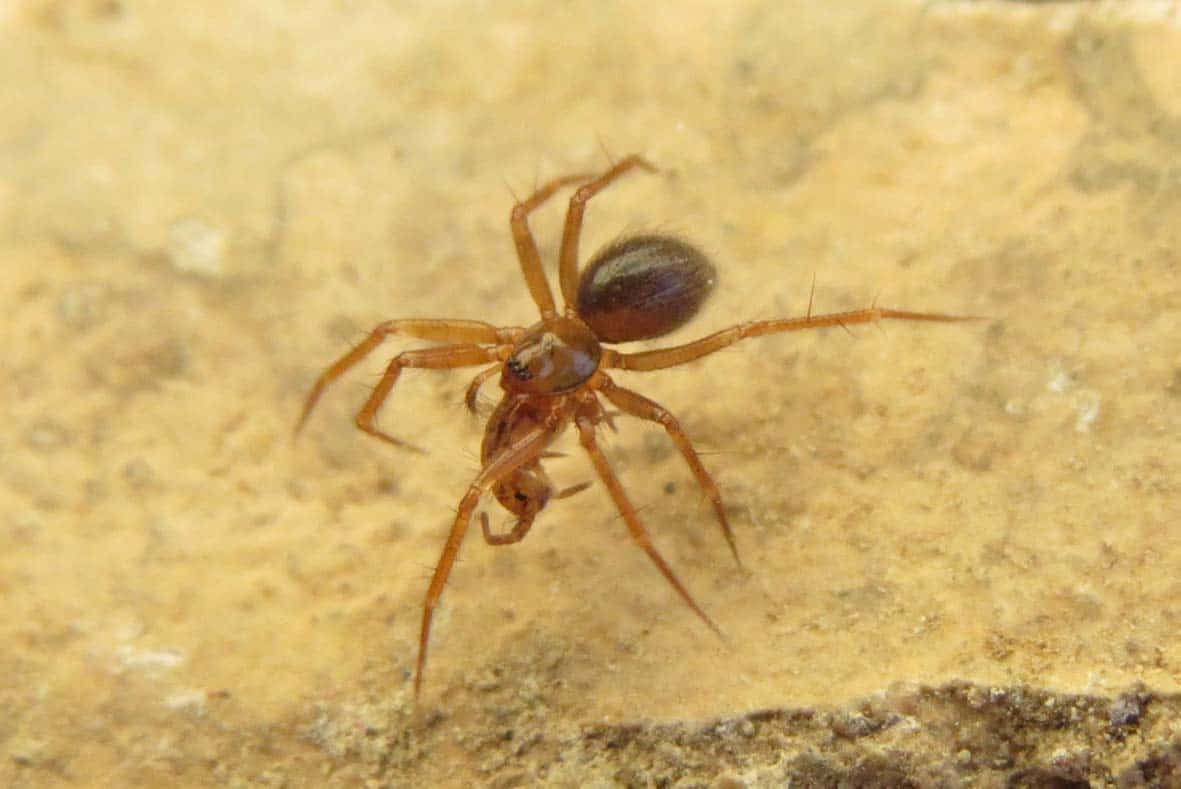
The Horrid Ground-Weaver is one of the rarest spiders in the world. It is found only in a few locations in the UK. This small, ground-dwelling spider has a distinctive pattern on its abdomen. Habitat loss has made this spider extremely rare. Conservation efforts are crucial for its survival. It prefers undisturbed ground with plenty of leaf litter. These spiders are rarely seen and have very specific habitat requirements.
Kauai Cave Wolf Spider (Adelocosa anops)
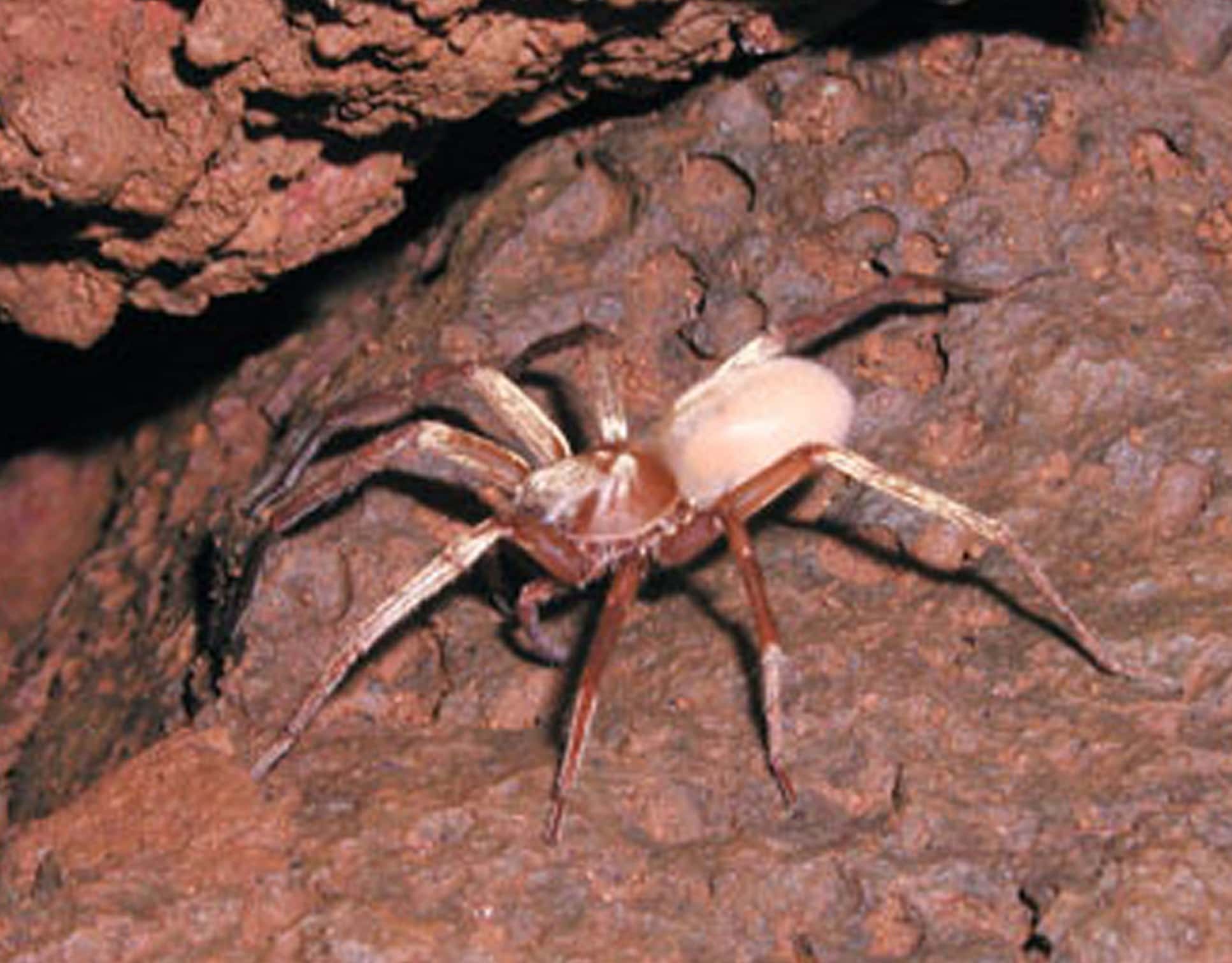
The Kauai Cave Wolf Spider is the rarest spider, found only in lava tubes on the Hawaiian island of Kauai. It is blind and adapted to life in total darkness. These spiders are known for their large size and robust bodies. Their rarity is due to their highly specialized habitat. They rely on a delicate cave ecosystem. Conservation efforts focus on protecting their unique environment. These spiders are a prime example of adaptation to extreme conditions.
This article originally appeared on Rarest.org.
More from Rarest.org
11 Most Expensive Ancient Coins Ever Discovered
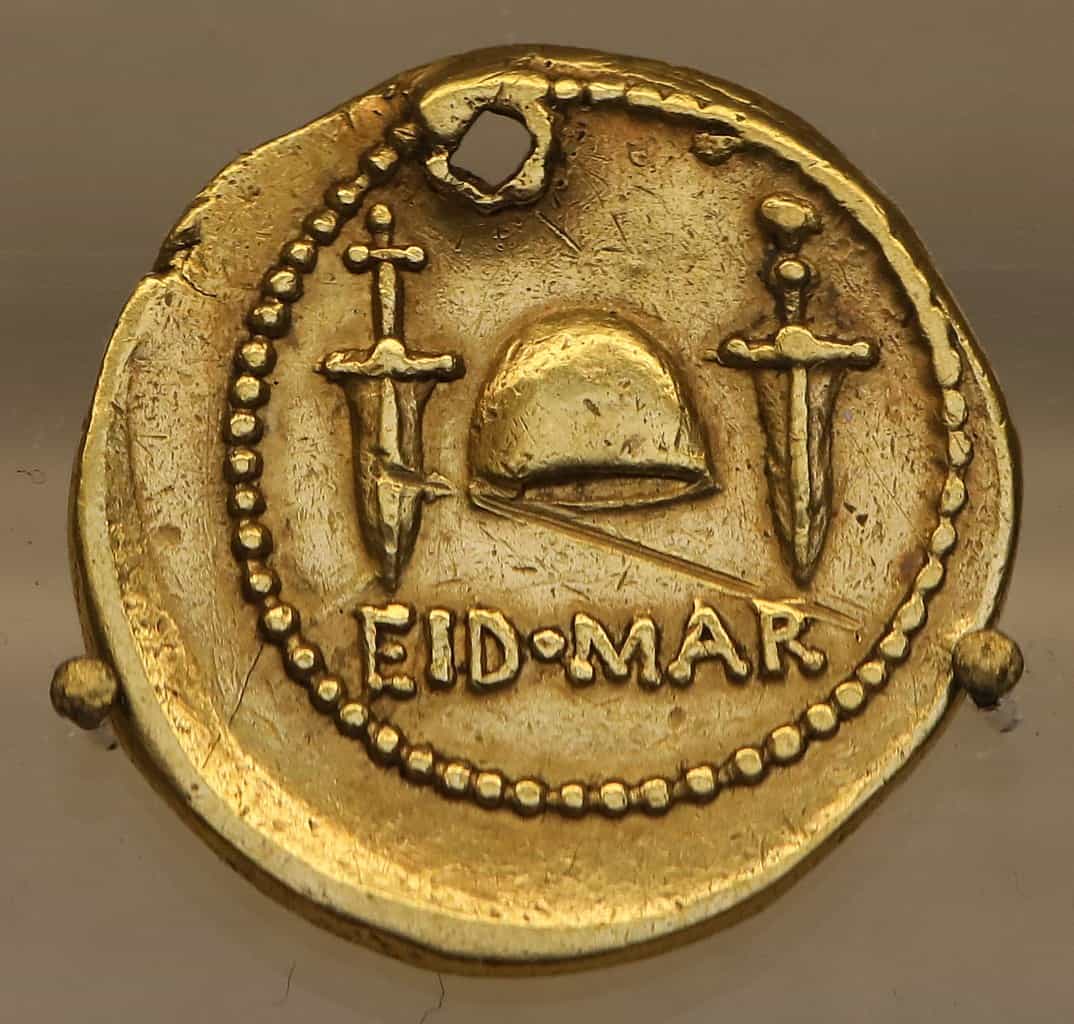
Discovering ancient coins is like finding a piece of history. These coins not only hold immense value but also tell fascinating stories. Read More.
16 Endangered Animals You Can Still See in the Wild
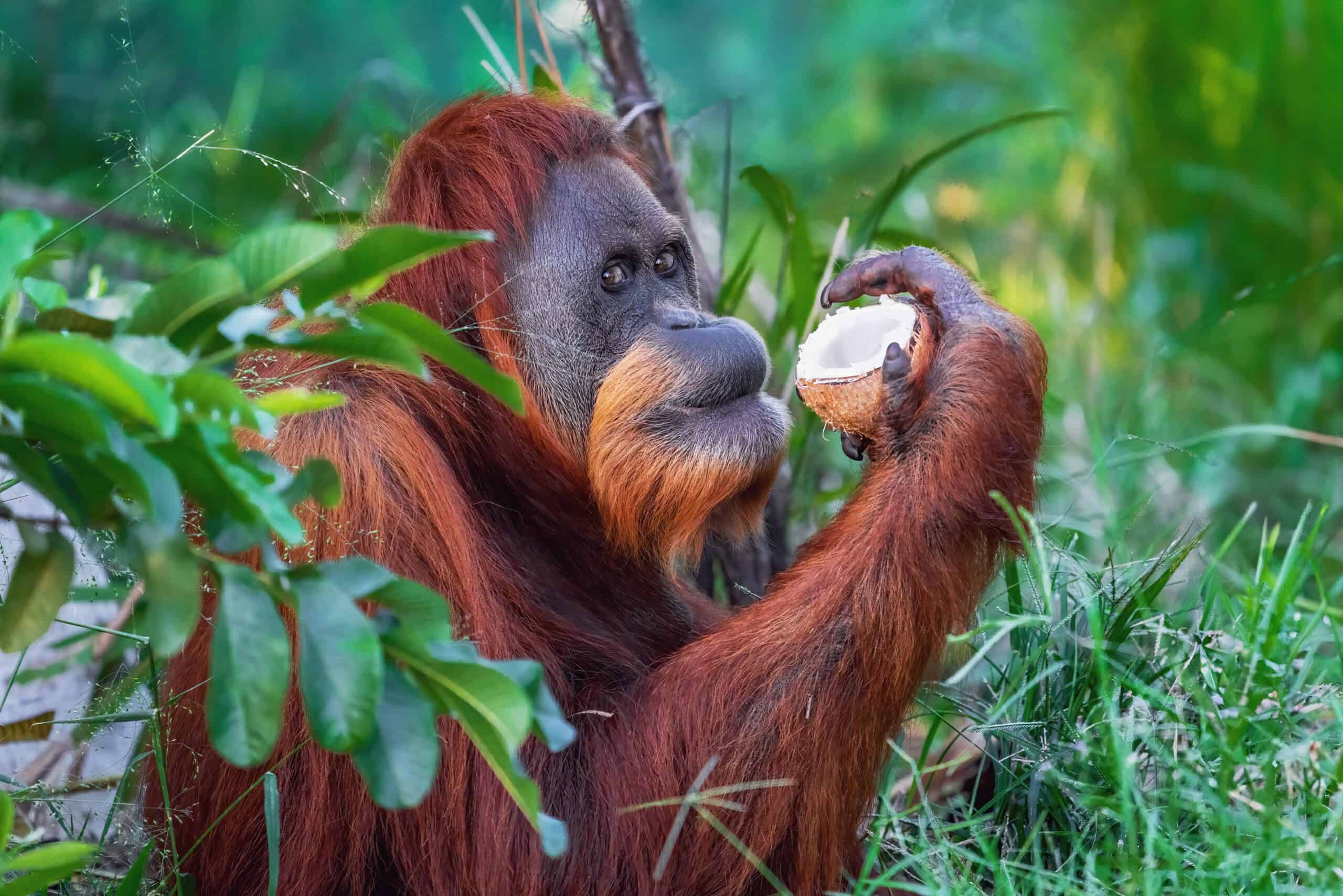
Witnessing endangered animals in their natural habitat is a rare and awe-inspiring experience. These creatures face numerous threats but still roam the wild in certain parts of the world. Read More.
1966 Jefferson Nickel Value Guide

The 1966 Jefferson nickel is made of 75% copper and 25% nickel. The nickel was referred to as “war nickels” from mid-1942 to 1945. Read More.
